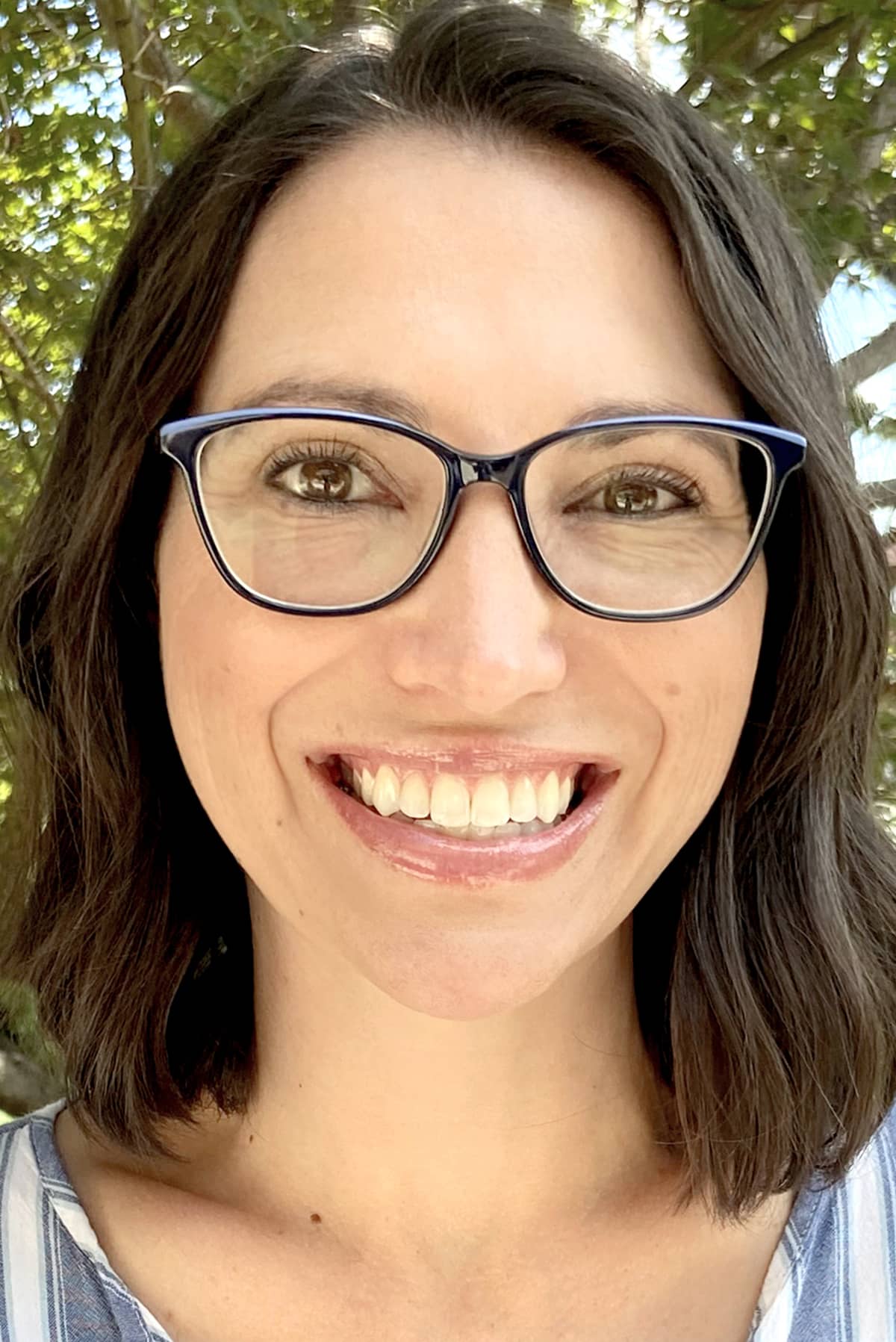Services for children who are deaf and hard of hearing vary greatly in the field of education. In the hope of gaining more perspective on this we contacted numerous educational professionals. They shared with us the frequency of service, goal types, and assessments and evaluations used when working with students with hearing loss.
Question: How often do you typically see a student with hearing loss on your caseload?
- Currently, I am consult on a student with hearing loss. I do not have any direct service minutes. –SLP
- 80% of the time- the other 20% is a birth to three patient who is having an audiologic assessment to rule out hearing loss as a contributing factor to speech or developmental delays. –AuD
- It depends on the student. Some students I see a few times a week, other students I see only once a month! –Itinerant ToD
- I have had 2 students on my caseload in the past 11 years. –Sp Ed
- This is my first year to have a student with hearing loss. –Gen Ed
- Twice a year. –EI
- I’ve had it happen. Right now, I have 1 child on my caseload with a hearing loss and vision impairment. –EI & Vision Specialist
Question: What types of goals do you generally work on with a student with hearing loss?
- I do not have any goals with my current student but have worked on articulation in the past with students with hearing loss. –SLP
- Self-advocacy with understanding and using technology. Appropriate insertion and removal of an RMHAT system. –AuD
- Building self-advocacy skills, building auditory memory skills, pre-teaching vocabulary, building phonics/phonemic awareness skills, transition skills (how/when to disclose their hearing difference, requesting accommodations, how to file a grievance if they feel they’ve been discriminated against based on their hearing difference). –Itinerant ToD
- I typically work on reading, writing, and transition goals. –Sp Ed
- We focus on the following: addressing ways to be independent in everyday classroom tasks, advocating for self when more assistance is needed, problem solving the best ways to include the Roger to maximize learning, and communicating with peers and adults about their hearing loss and how to help the student with hearing loss throughout the day. –Gen Ed
- The strategies are modified based on the direction from the Early Intervention Teacher of the Deaf (EI-ToD) –EI
- A lot of the kids that we see are low functioning and have multiple diagnoses, so we encourage families to use a variety of ways to interact and play with their baby/child. We love educating them on the importance of using textures during their play time with their child… while also explaining the importance of narrating their day and reading books to them. One mom really wanted her child to babble more, so I brought in several toys for the child to hold and explore and feel such as ball, banana, and a pretend baby. We worked with one child on responding to different sounds within her home, so we would ring a bell and then used a tactile cue like gently tapping her arm on the side that the sound was coming from. A lot of times I co-treat with the EI-ToD and together we work on goals during our session with the family. –EI & Vision Specialist
Question: What assessments and/or evaluations, if any, do you use for a student with hearing loss?
- Goldman Fristoe Test of Articulation- 3rd Edition, orofacial screening, speech sampling and baseline charting –SLP
- Functional Listening Evaluations, Audiologic Assessments, Verification through Real-Ear, CAPD assessments, Speech in Noise testing –AuD
- Minnesota Compensatory Skills Checklist for Students with Hearing Loss, Test of Auditory Processing Skills (TAPS), SKI-HI Language Development Scale, Receptive One Word Picture Vocabulary Test, Expressive One Word Picture Vocabulary Test, Parent/Teacher questionnaires –Itinerant ToD
- I use no specific assessments and/or evaluations. A child receives accommodations on tests, if needed. For example, tests read aloud, sitting in close proximity to teacher, use of visuals, and small group testing. We also have used an FM system during whole class instruction and testing. –Sp Ed
- At the Kindergarten level, we have a set of skills (mostly rote) that we assess all students. My student with hearing loss can complete all of these assessments the same as other students with the assistance of the Roger device. –Gen Ed
- BDI2, DAYC, or HAWAII –EI
- I use the HAWAII early learning profile assessment tool. It allows me to adapt assessment skills based on diagnosis. –EI & Vision Specialist
For more from these professionals, consider reading Roles: Yours, Mine and Ours, Roles and Collaboration and Roles and Rewards.
Thank you to the following professionals for contributing their time and expertise:
- Susan Peroutka, Speech-Language Pathologist (SLP), Missouri
- Emily Love Leserman, Pediatric/Educational Audiologist (AuD), Connecticut
- Katie Zawislak, Itinerant Teacher of the Deaf and Hard of Hearing (ToD), Minnesota
- Laura Weil, Special Education Teacher (Sp Ed), Illinois
- Cindy Beyer, General Education Teacher (Gen Ed), Illinois
- Tammy Wrobbel, Early Interventionist (EI), Illinois
- Chantille Schram, Early Interventionist (EI) & Vision Specialist, Illinois and Missouri

Abby Meister, MSDE, CED is the Content Coordinator of the Emerson Center for Professional Development at CID – Central Institute for the Deaf. She has been a teacher of the deaf for over 10 years, primarily working with children ages 2-5. She has presented at professional conferences with content focusing on early intervention and listening and spoken language strategies for children who are deaf or hard of hearing. She received her master’s degree in deaf education through the Program in Audiology and Communication Sciences (PACS) at Washington University.












